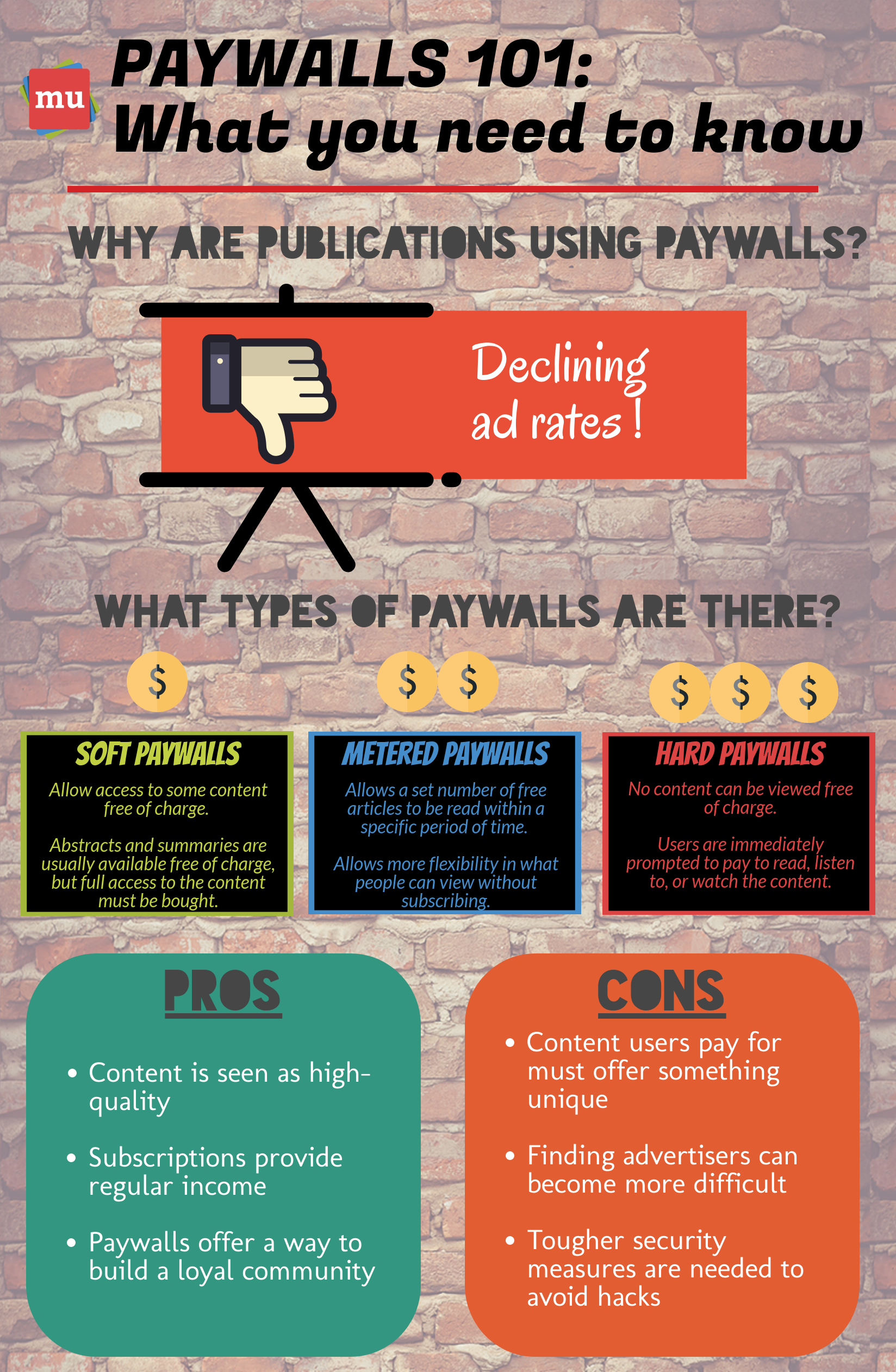According to a report by the South African National Editors Forum on the impact of COVID-19 on the media,, “[In] March, the news category saw a 44% increase in unique browsers and a 72% increase in page views.”
This indicates that the media industry should be doing well, but it is not. This is because, although these numbers are sky-high, media platforms have not been receiving any revenue from brands wanting to publish their ads.
On top of this, most publications are also dealing with the issue that readers expect to receive good quality news, but they also expect it to be free.
“
In a time of crisis, you don’t go to Twitter [for reliable news],” says Adriaan Basson, News24 editor-in-chief. Reliable and high-quality news are vital, which means that people may need to pay for the news they received in order to keep the media industry afloat.
According to IAB SA, “
TimesLive, The South African, BusinessInsider and Daily Maverick experienced double-digit growth in their unique browsers during April. This was due to successful content that attracted strong growth in readership.”
While most of these sites utilise paywalls for their best content, not all publications have this strategy in play.
This begs the question: Will paywall ensure that publications stay afloat? Or will readers just flock to the nearest reliable source that’s free?
Paywalls can be an effective solution for publications, but only if the content is of high-quality and readers know they won’t get the same valuable content elsewhere.
It’s also important to take into consideration that this process won’t just happen overnight.
A study done by Bookwitty found that a hard-paywall “can be risky as 90% of your audience will leave the site without [performing] any actions.”
According to
media update,
there are three types of paywalls, each one with a different goal in mind. Take a look at their infographic:

While it is easy to assume that it’s only small media companies that are taking a hit, according to Phatiswa Magopeni, SABC’s news editor-in-chief, “84% of the SABC’s current revenue is derived from advertising ” — putting big media houses in a similar situation.
“The crisis has shown the need for thinking about emergency funding for the news media in the short term and sustainable funding models as it adapts to the new digital realities in the long-term — and the world after [the] coronavirus,”
says Sinesipho Schrieber author for Pretoria East Rekord.
For more information, visit
www.targetmedia.co.za. You can also follow Target Media Directory on
Facebook or on
Twitter.
*Image courtesy Canva